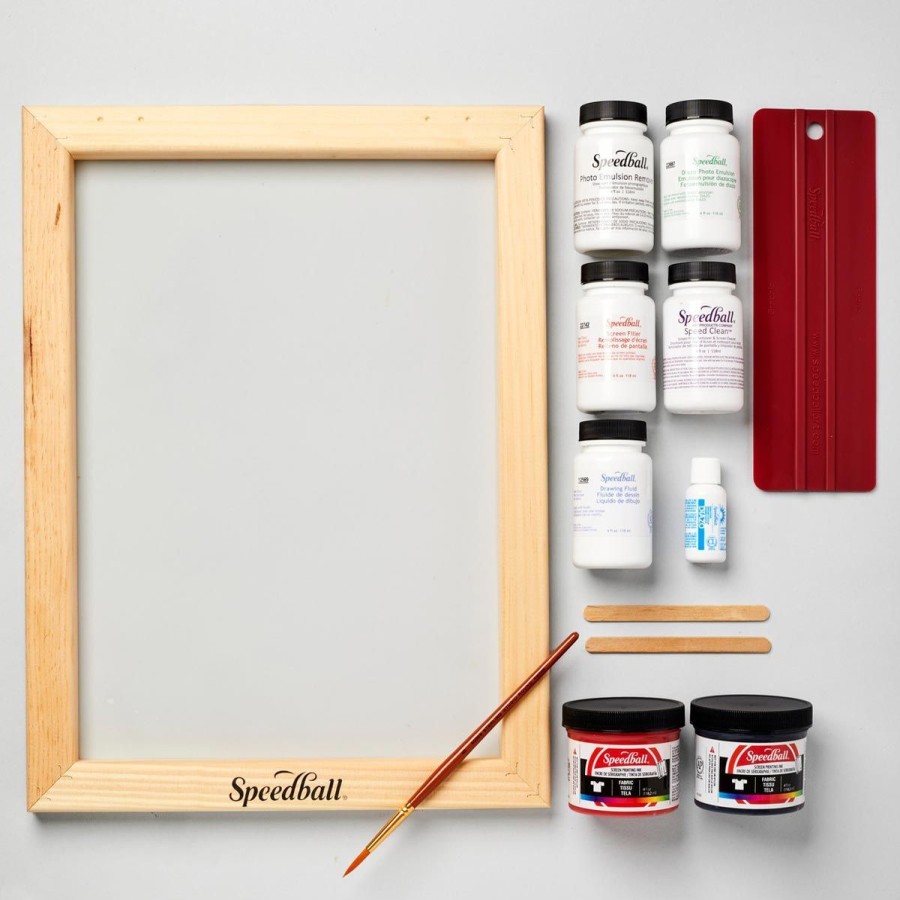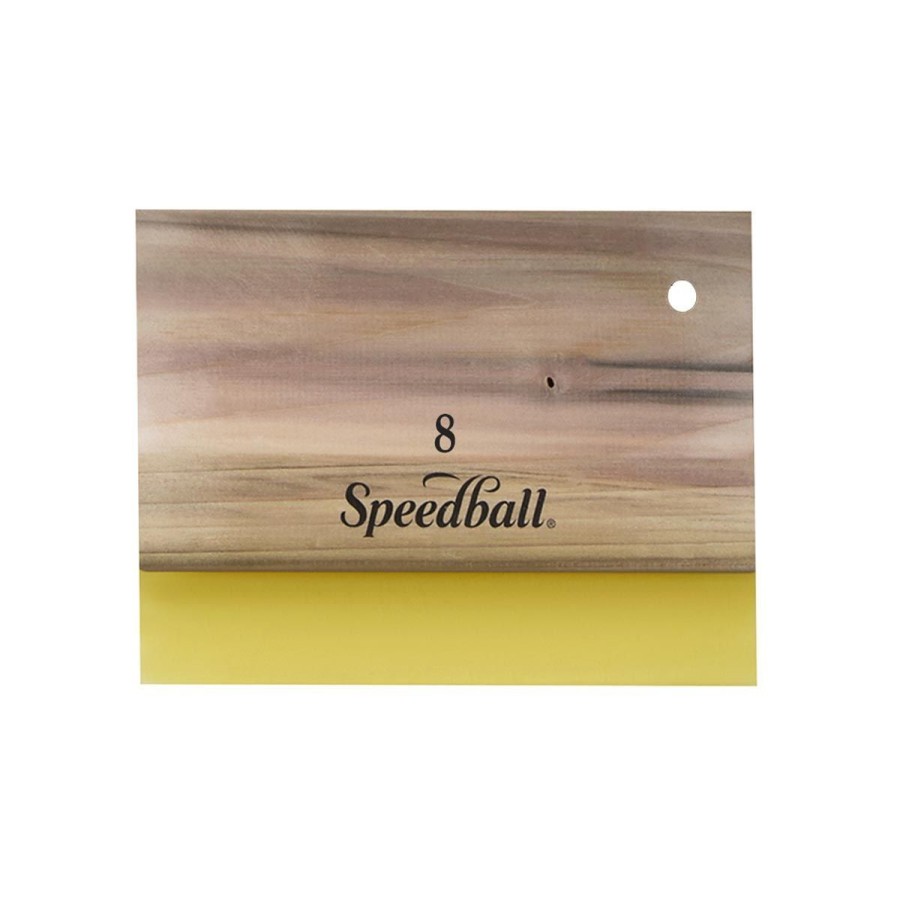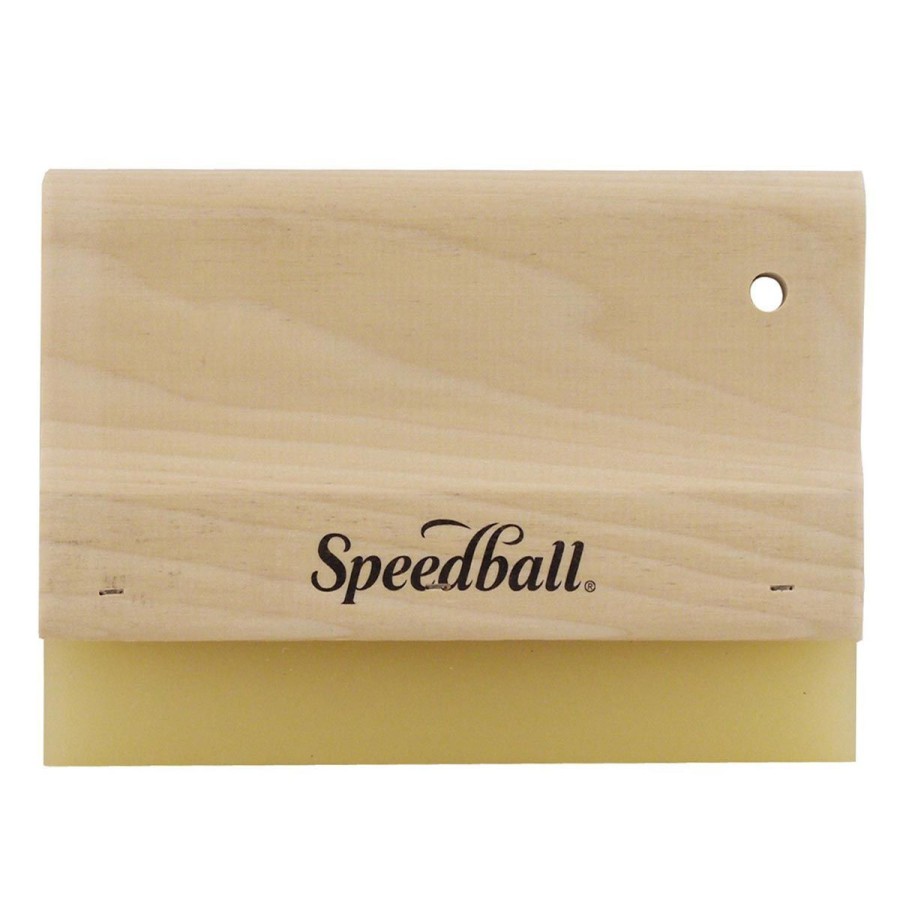Printmaking & Pottery R&F Encaustic Handmade Paints R&F Encaustic Paints | Sets | Mediums | Tools | R&F White Beeswax 1Lb (454G) Bag
$30.75 $19.99
Printmaking & Pottery R&F Encaustic Handmade Paints R&F Encaustic Paints | Sets | Mediums | Tools | R&F White Beeswax 1Lb (454G) Bag

White Beeswax (Pellets) – This Natural Beeswax Has Been Whitened By Mechanical Filtration, Instead Of Standard Chemical Bleaching, Which Can Lead To Negative Pigment Reactions And Break Wax Down. Use White Beeswax As An Ingredient In Creating Encaustic Mediums And Paints, Along With Damar Resin, Or As An Initial Priming Layer For Paper Or Board. Note That Beeswax Used Alone In Encaustics (Without Damar) Is Not As Stable And Is Apt To Bloom (Become Foggy). Use With Damar Resin To Create Encaustic Paints And Mediums.
Beeswax Is The Chief Component Of Our Encaustic Paint. The Beeswax Has Been Decolourized By Mechanical Filtration, Rather Than Through Bleaching Which Breaks The Wax Down. Filtering The Wax Is Gentler Process That Makes It Less Reactive To Pigments Than Chemical Bleaching. The Wax Comes Granulated So That It Is Easier To Measure And To Melt. You Can Use Beeswax As The Prime Ingredient, Along With Damar Resin, For Making Your Own Encaustic Medium. Beeswax Can Also Be Used On Its Own, But Without The Resin The Surface Will Remain Soft, As Is The Nature Of The Material.
Damar Is A Hard Natural Resin That Comes From A Family Of Deciduous Trees That Grow In The East Indies. In Encaustic Paint Damar Resin Is The Most Common Ingredient For Hardening The Beeswax And Raising Its Melting Temperature. Damar Allows The Wax To Be Buffed To A Higher, More Translucent Surface And Helps Prevent Blooming In The Wax. To Use The Damar In Making Your Own Encaustic Medium, It Must Be Melted In The Beeswax And Strained. You Can Make Damar Varnish By Dissolving The Resin In Turpentine.</P
Be the first to review “Printmaking & Pottery R&F Encaustic Handmade Paints R&F Encaustic Paints | Sets | Mediums | Tools | R&F White Beeswax 1Lb (454G) Bag” Cancel reply
Related products
Printing Supplies | Accessories | Blocks | Stencils | Dvds
Printing Accessories Blocks | Plates | Brayers | Squeegees | Stencils
Printing Accessories Blocks | Plates | Brayers | Squeegees | Stencils
Printing Supplies | Accessories | Blocks | Stencils | Dvds
Printing Accessories Blocks | Plates | Brayers | Squeegees | Stencils
Encaustic | Mediums | Accessories
Printing Accessories Blocks | Plates | Brayers | Squeegees | Stencils
Printing Accessories Blocks | Plates | Brayers | Squeegees | Stencils

















Reviews
There are no reviews yet.